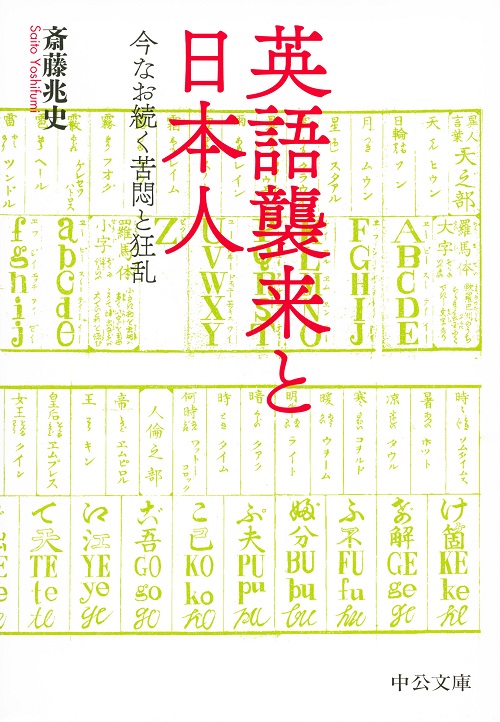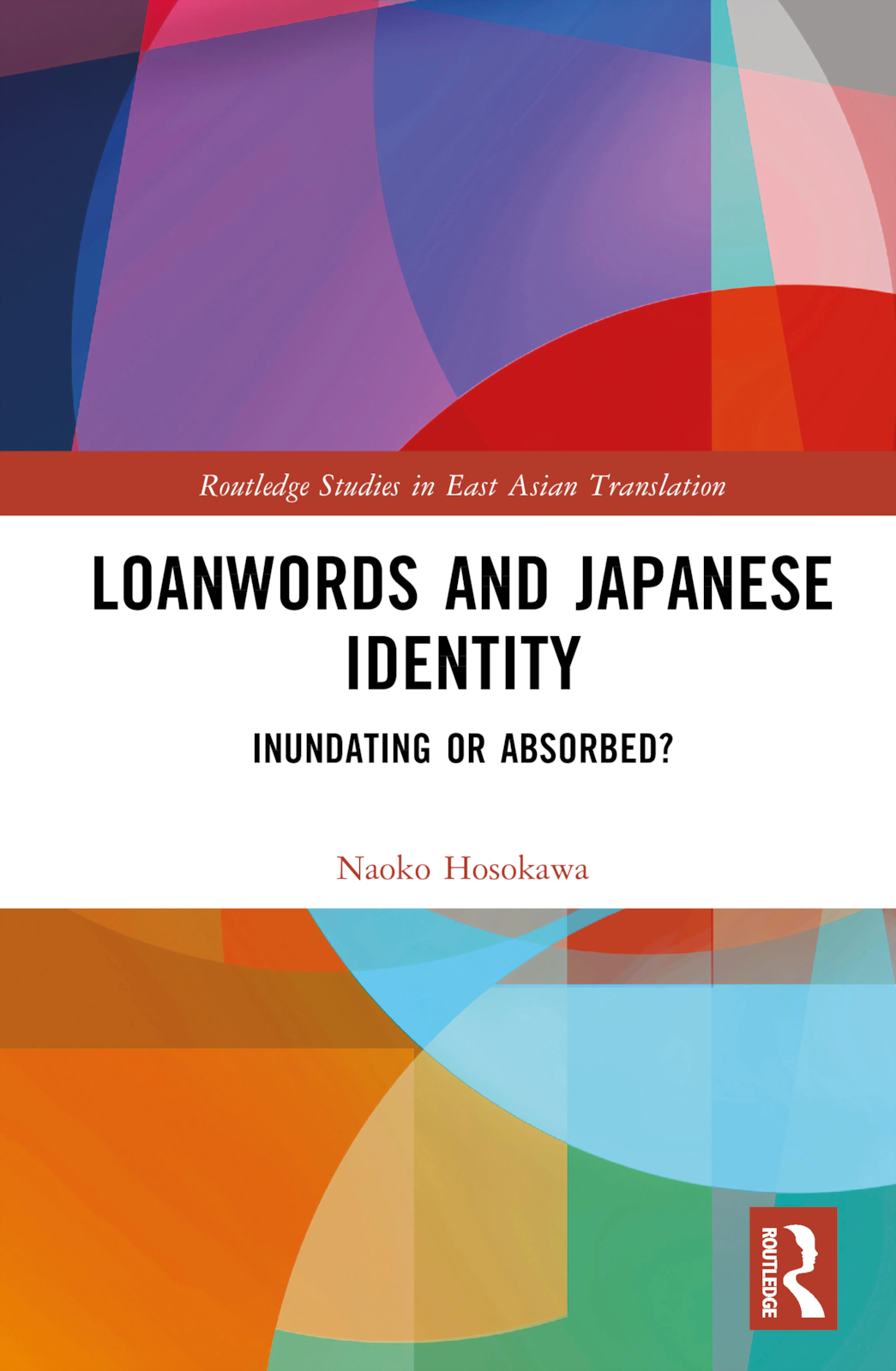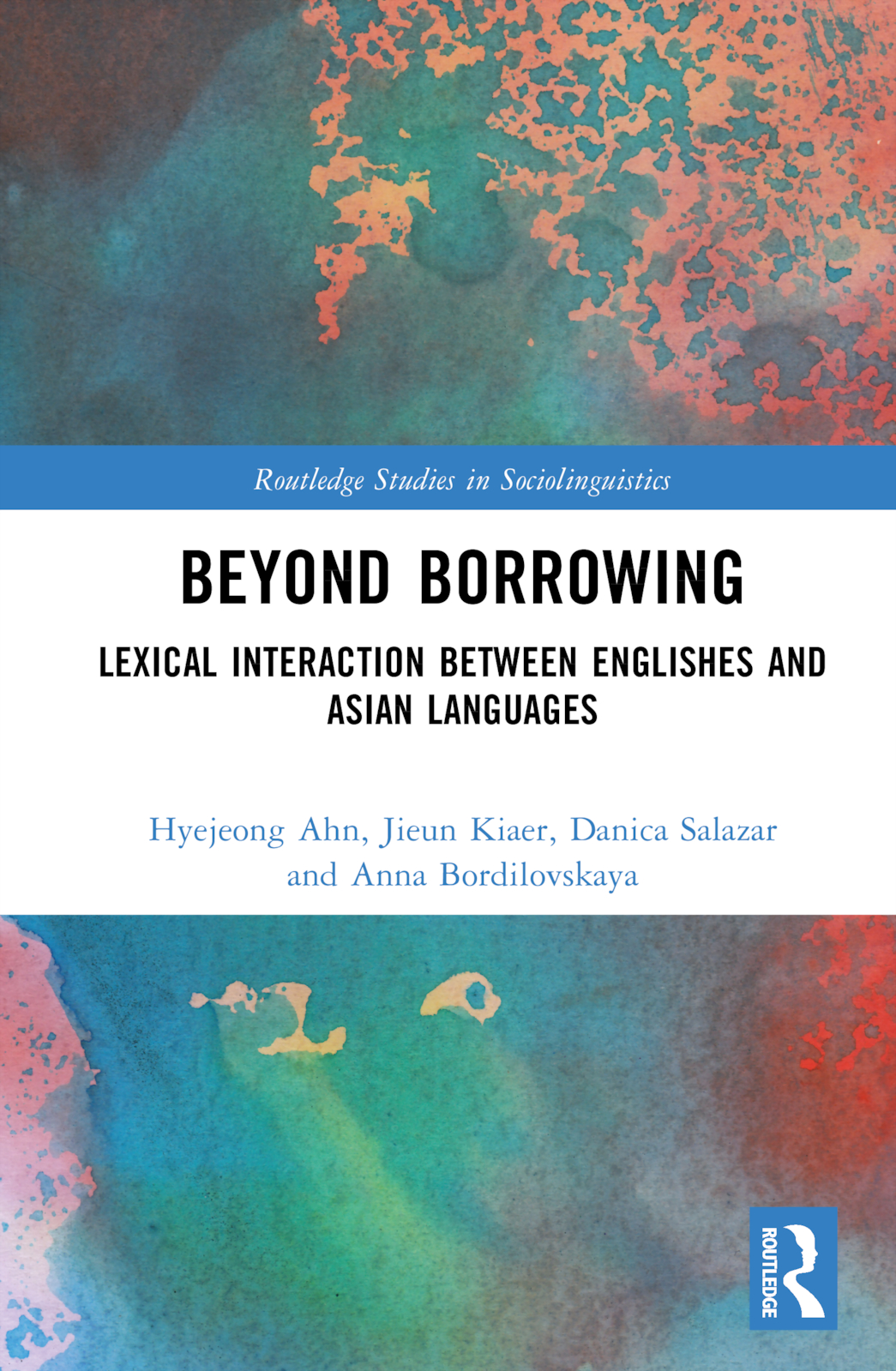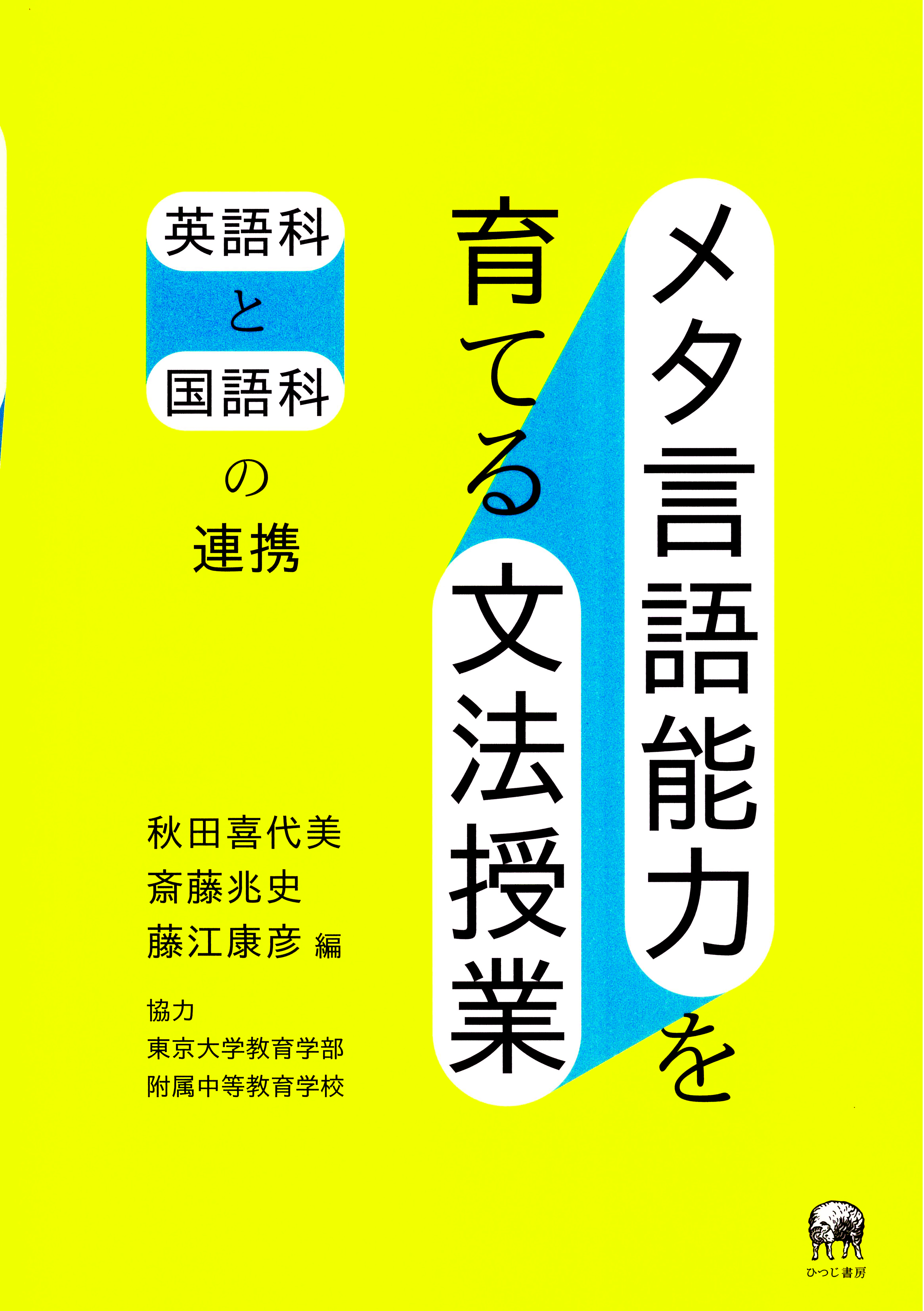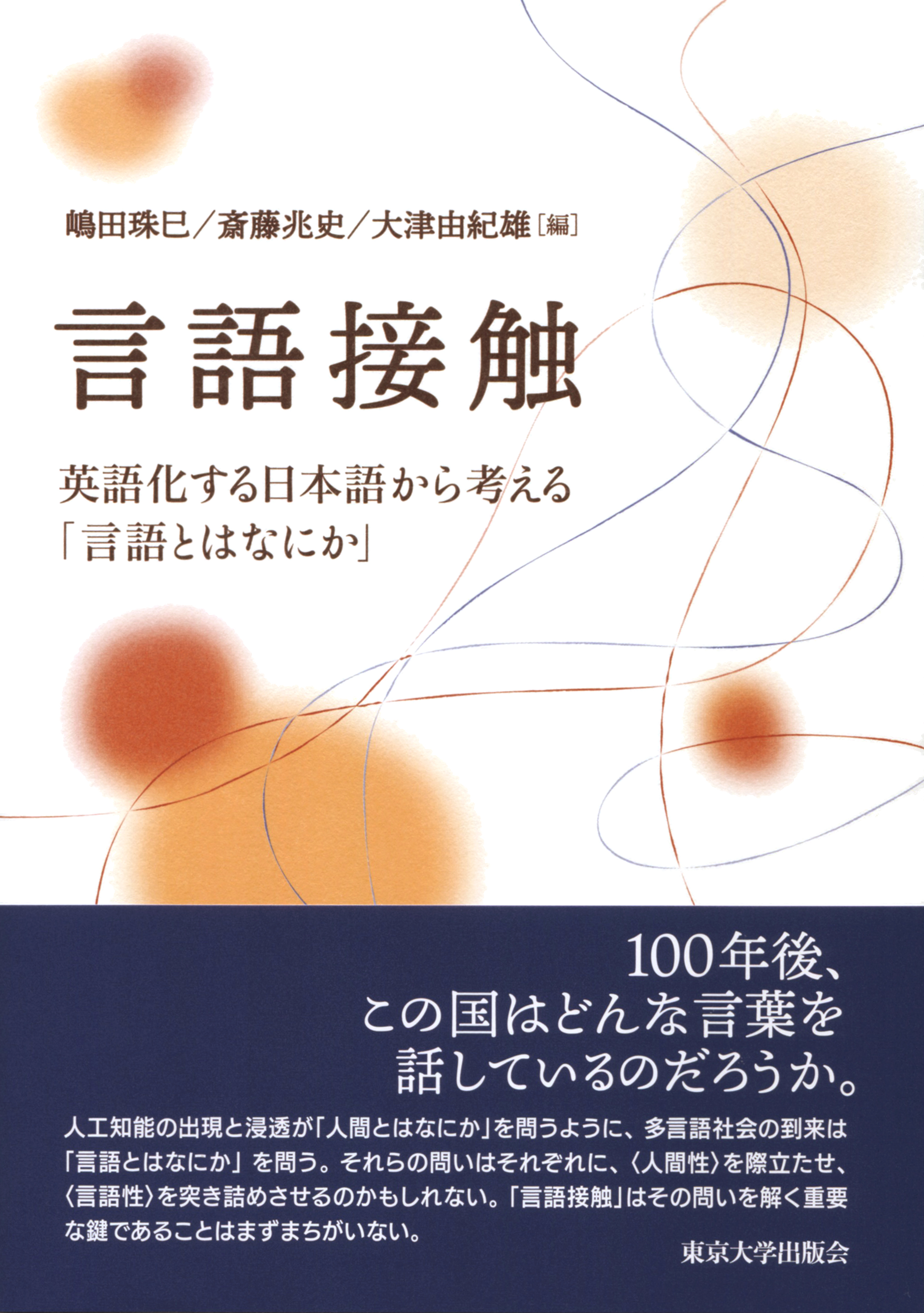
Title
Gengo-Sesshoku (Linguistic Problems Seen Through “Anglicizing” Japanese)
Size
376 pages, A5 format
Language
Japanese
Released
June 07, 2019
ISBN
978-4-13-083079-9
Published by
University of Tokyo Press
Book Info
See Book Availability at Library
Japanese Page
This book, originally based on the symposium held at Meikai University in 2017, is a collection of academic articles and essays, all of which deal in some way or other with the linguistic phenomenon called ‘language contact’ and encourage the readers to think about the changes Japanese has undergone and may undergo under the influence of English and some other languages.
This book consists of twelve chapters excepting ‘Prologue’ and ‘Epilogue’. In ‘Prologue’, Tamami Shimada, the head editor, introduces the idea of ‘language contact’, explaining how it may affect Japanese, and gives a brief outline of the whole book. In Chapter 1, she defines ‘language contact’ as the way different languages meet and further expands on the phenomenon as its specialist. In Chapter 2, Toru Hayasi problematizes the binary opposition between ‘indigenous’ and ‘foreign’ words from the viewpoint of linguistics. Chapter 3, written by Zendo Uwano, outlines the process of accent study, thereby introducing how fieldworks of language are conducted. Chapter 4 by Noboru Yusa discusses how Chinese language has affected the Japanese language. Chapters 5 by Toshiaki Yasuda and Chapter 6 by Nobuaki Tochigi both discuss the change of Japanese respectively from the viewpoints of the study of the Japanese language policy and dialect study. Chapters 7, 8, and 9, written by Shigehisa Karimata, Osahito Miyaoka, and Nobuaki Tochigi, deal with individual linguistic phenomena related respectively to the Ryukyuan, Eskimo, and Irish languages. In Chapter 10 Yoshifumi Saito introduces the ideas of the ecosystem of language and the efficiency of language use and problematizes the rapid Anglicization of Japanese based on them. In Chapter 11 Kazuo Okanoya sets up the analogy between the biological and linguistic ecosystems and discusses how the controversy over foreign species applies to the linguistic problems concerning Japanese and English. In the last chapter Yukio Otsu makes some proposals concerning language policies in Japan. In ‘Epilogue’ Tamami Shimada concludes the whole discussions of the book and invites the reader to think seriously about the Japanese-English relationship based on them.
This book, each chapter of which is written by a renowned scholar of the relevant field, is highly academic on one hand, but structured in such a way, with chapter summaries and suggestions for further reading, that it can be used as an introductory book on language contact and a textbook for liberal arts courses.
(Written by SAITO Yoshifumi, Professor, Graduate School of Education / 2019)



 Find a book
Find a book


